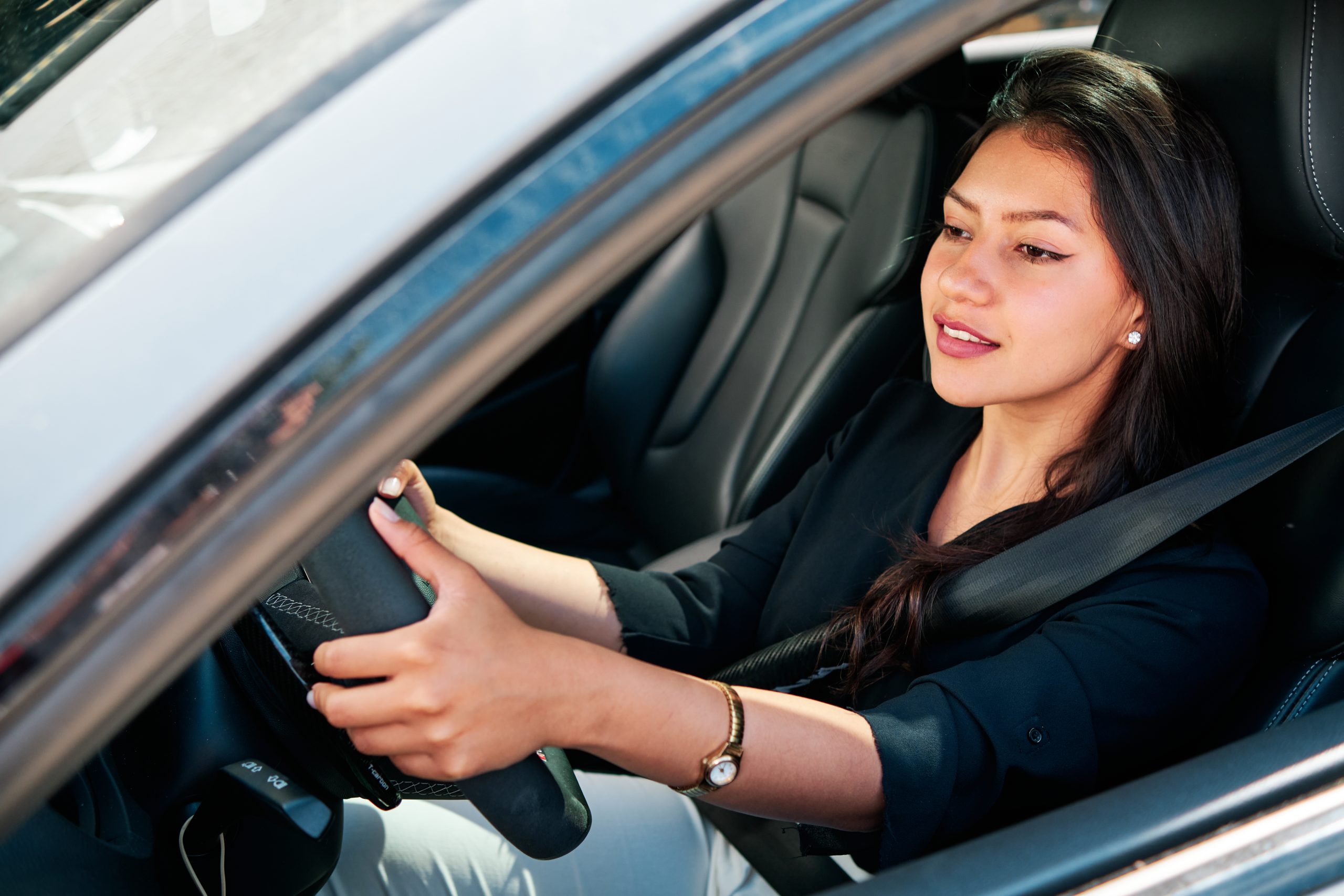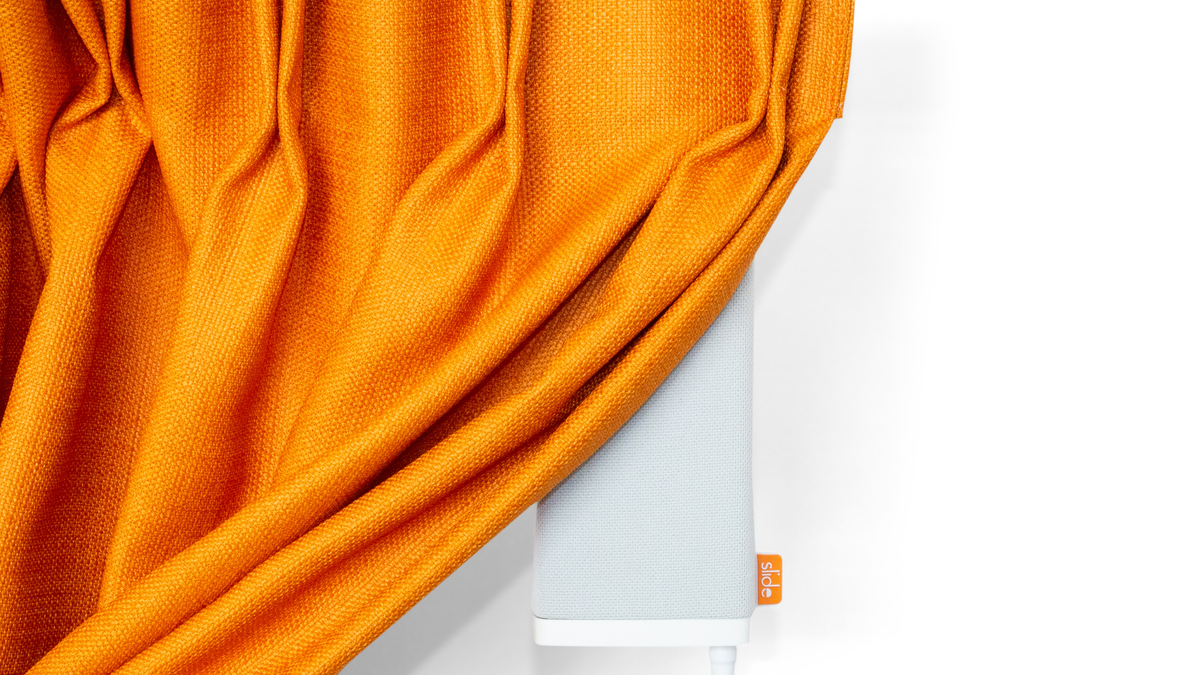Tips to combat fatigue behind the wheel
In 2021, all Dutch passenger cars combined traveled more than 104.5 billion kilometers. This distance is 4.8% more than in 2020, according to the CBS figures. The longer you drive a vehicle consecutively, the more tired you will become. And being tired behind the wheel is dangerous: no fewer than 1 in 5 serious traffic accidents are caused because the driver is too tired and can no longer pay close attention.
In this article you can read why fatigue behind the wheel is so dangerous, what the law says about driving and rest times and how you can avoid getting tired on the road.
Contents
Why is fatigue behind the wheel so dangerous?
Anyone who thinks that you can only get tired on long journeys is wrong. SWOV’s findings have shown that nodding occurs even during short journeys. Drivers who are tired have a higher risk of a serious accident. According to Veilig Verkeer Nederland, the social organization that has been working on road safety in our country for over 90 years, a night without sleep has the same effect on your body as drinking a few glasses of alcohol. For example, you react more slowly to a sudden situation and it is more difficult to keep your vehicle straight within the lines.
Favorite occasions with safety systems that signal fatigue
There are vehicles that have the so-called safety systems that recognize fatigue. The exact operation of this option, which guarantees extra safety, depends on the make and model. Each system monitors the driver’s driving skills. During your entire ride, the way you move the steering wheel is looked at. There are various movements, such as delays in your reflexes, that tell your safety system that you are tired and need to rest. Below you can read which favorite occasions have this system to prevent fatigue behind the wheel.
#1 Volkswagen T-Roc
Volkswagen, abbreviated VW, is on a mission to provide the mobility solution that can help every driver move forward. In addition to driving dynamics and reliability, this T-Roc also offers a high degree of comfort. The petrol engine is linked to the six-speed gearbox, which gives this vehicle the energy label D.
This vehicle includes: LED rear lights, electrically operated windows, a rear seat that can be folded in parts and connected drive services that connect your smartphone to the audio system. To guarantee safety on the road, in addition to fatigue recognition, anti-slip regulation, a collision warning system and a third brake light have also been considered.
#2 Ford Kuga

With this Ford Kuga you experience the convenience of technological developments. This progress can be seen, among other things, in the fuel and electric motor, which, in addition to being much cheaper, also manages to cover kilometers more efficiently. Since this vehicle is a hybrid model, it falls under energy label A.
This Kuga includes: a sports exhaust, LED taillights, adjustable lumbar supports, speed limiter and a rear seat that can be adjusted. In addition, this car also has various safety systems, such as fatigue recognition, hill hold function, anti-lock braking system and autonomous emergency braking.
Do you want to know what the best occasions are?
Is there anything in the law about driving and rest times?
The law mainly contains information about driving and rest times aimed at business transport. These rules are there to guarantee safety on the road. There is not much to find about private transport as the control of these times is less accessible. However, compliance with the established rules is equally important for passenger vehicles. The law describes the following about driving and rest times.
Maximum total continuous driving time
Uninterrupted means the accumulated driving time between two interruptions. Or the time between a rest period and a break. For example, the law states that you may not drive for longer than 4.5 hours in a row. After this period you are obliged to stand still for at least 45 minutes. If necessary, you can split this into two parts, the first break of which takes at least 15 minutes.
Rules for daily rest
If you are a driver by profession, you are obliged to take your daily and weekly rest. In this way, safety on the road is guaranteed. You should get a minimum of 11 consecutive hours of rest, where in some cases a reduction to 9 hours is possible. This mandatory daily rest does not apply to private drivers. However, it is important that you get enough sleep of between 7 and 8 hours on average to be sharp behind the wheel.
Tips to avoid fatigue on the road
One of the main reasons why you are tired behind the wheel is structural or one-off sleep deprivation. It is important that you park your vehicle on time and take your break to avoid dangerous situations. With the tips below you ensure that you are not nodding behind your wheel.
#1 Have a good night
In order to function well at work, for example, but also behind the wheel, it is necessary that you get enough sleep. Sleep can be divided into different phases that are collectively called your sleep cycle. There are people who need less sleep than others. For example, one person needs 6 hours, while the other prefers to sleep 9 hours to feel rested. The most important thing is that you look at the number of hours during which you feel alert and can concentrate well.
#2 Hit the road with a co-driver
If you have the choice to take someone with you as a passenger, it is definitely recommended not to fall asleep on the way. By talking to each other you stay awake and sharp. Does your passenger have a driver’s license? Then it is even more convenient to go on the road together, because you can alternate driving.
#3 Take your rest on the road
For long journeys, it is advisable to take fifteen minutes of rest after being on the road for two hours. Please note, this is a general rule. Do you feel that you start nodding earlier or react more slowly to stimuli around you? Then don’t hesitate and stop in a safe parking space. Close your eyes here for about 20 minutes to completely relax.
#4 Don’t turn your heating up too high
The warmer it is, the more your body has to prevent you from overheating. This is done, among other things, by producing less heat. In short, the internal processes in your body will be slowed down. So you literally go into sleep mode. Therefore, do not set your heating too high if you are tired or have to travel long distances.



